LOVE ROLLED IN ON STEEL RAILS
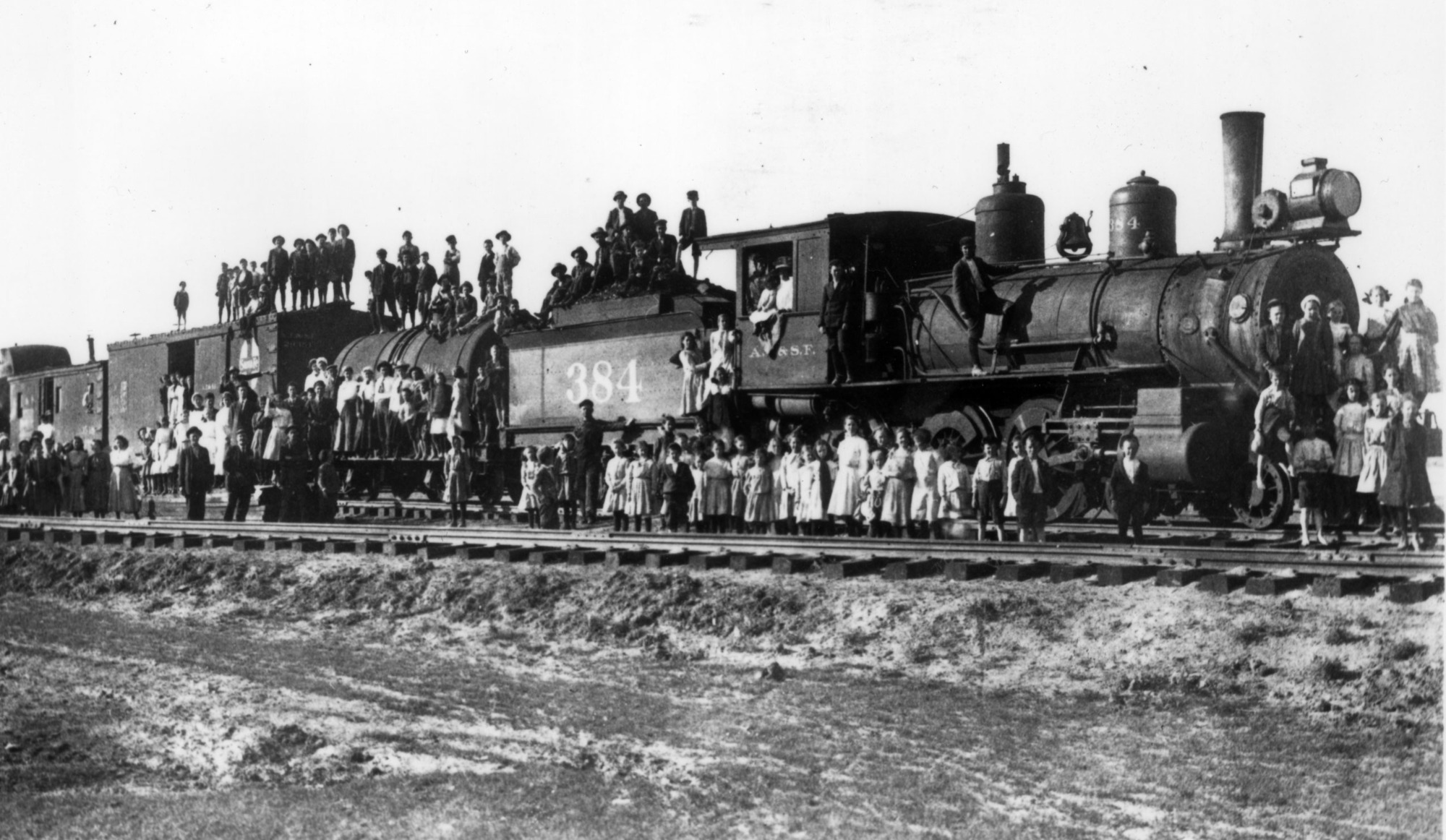 America grew because of westward migration. We all know the stories of hardy pioneers loading covered wagons and heading west.
America grew because of westward migration. We all know the stories of hardy pioneers loading covered wagons and heading west.
Yet for 75 years a much different type of westward movement relocated nearly half a million people in new homes far away.
This is the story of the Orphan Trains.
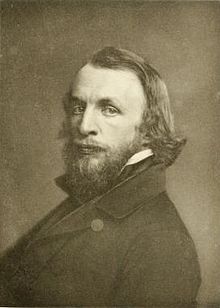 In the early 1850s, Charles Brace looked around New York City’s filthy streets. And what he saw broke his heart. The 26 year-old was a newly ordained minister, and he was appalled by all the poverty. He was particularly touched by what police officers snidely dismissed as “street rats” and “street Arabs” (because they constantly moved around).
In the early 1850s, Charles Brace looked around New York City’s filthy streets. And what he saw broke his heart. The 26 year-old was a newly ordained minister, and he was appalled by all the poverty. He was particularly touched by what police officers snidely dismissed as “street rats” and “street Arabs” (because they constantly moved around).
They were homeless children: orphaned, abandoned or disowned by their families. There were an estimated 34,000 of them in the early 1850s ranging from toddlers to teenagers. And their number kept growing. With no charity or government program to help they were forced to live by their wits. Or starve. Some turned to crime. Many were diseased. All were miserable.
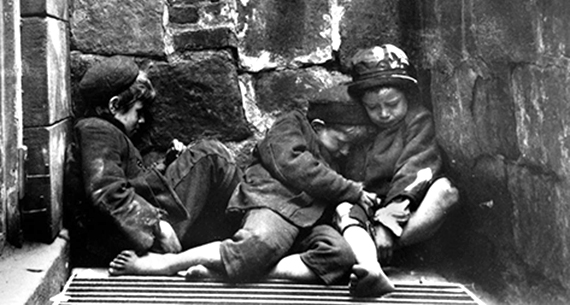 Brace turned out to be a dud in the pulpit. But there are many ways to minister, and so he turned his attention to helping homeless kids.
Brace turned out to be a dud in the pulpit. But there are many ways to minister, and so he turned his attention to helping homeless kids.
He established the Children’s Aid Society. In time it built large houses, one for boys, one for girls. But no building was big enough to serve all the children who needed help.
Then the law of supply and demand stepped in. There were too many kids in the city and too many families looking for new members in the country and small towns.
So the Orphan Trains were born. Mrs. John Jacob Astor III donated the first $50 to get the ball rolling.
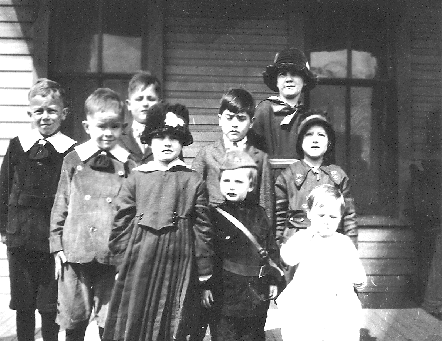 Each orphan was given a bath, a new set of clothes, a Bible or New Testament and a reminder to be good. Then they were loaded onto passenger cars and sent off. Groups ranged from three to 35 children, with two adult guardians.
Each orphan was given a bath, a new set of clothes, a Bible or New Testament and a reminder to be good. Then they were loaded onto passenger cars and sent off. Groups ranged from three to 35 children, with two adult guardians.
Starting in 1853, Orphan Trains carried an estimated 384 kids yearly to communities throughout the Northeast.
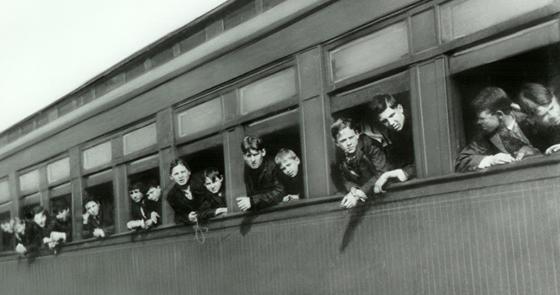 The program went big in 1865. The Civil War had drastically increased the homeless children population, so the Orphan Trains were expanded to Missouri, Kansas, Iowa and Michigan. An estimated 1,000 youngsters were sent to those states each year through 1874.
The program went big in 1865. The Civil War had drastically increased the homeless children population, so the Orphan Trains were expanded to Missouri, Kansas, Iowa and Michigan. An estimated 1,000 youngsters were sent to those states each year through 1874.
 Brace convinced railroads to provide discount fares. Posters were placed around towns in advance of the train’s arrival to notify prospective parents.
Brace convinced railroads to provide discount fares. Posters were placed around towns in advance of the train’s arrival to notify prospective parents.
Once it arrived, the experience varied from town to town. Children were sometimes sent to a predetermined church, opera house, school or town hall. When accommodations weren’t available, business was conducted on the gravel alongside the train.
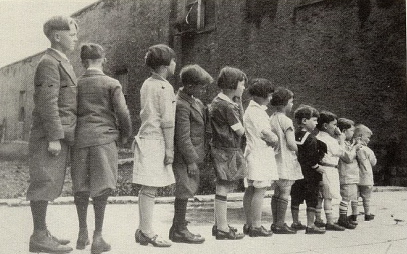 The kids were lined up and paraded before the parents, who then selected the one (or more) they wanted. Sometimes a local screening committee determined which child went to which family; other times it was simply grab and go. In some cases, families arranged in advance to have children sent to them, like buying something from a mail order catalog.
The kids were lined up and paraded before the parents, who then selected the one (or more) they wanted. Sometimes a local screening committee determined which child went to which family; other times it was simply grab and go. In some cases, families arranged in advance to have children sent to them, like buying something from a mail order catalog.
When business was concluded the remaining kids were loaded on another train and sent to the next town. And so it went until the last child was taken.
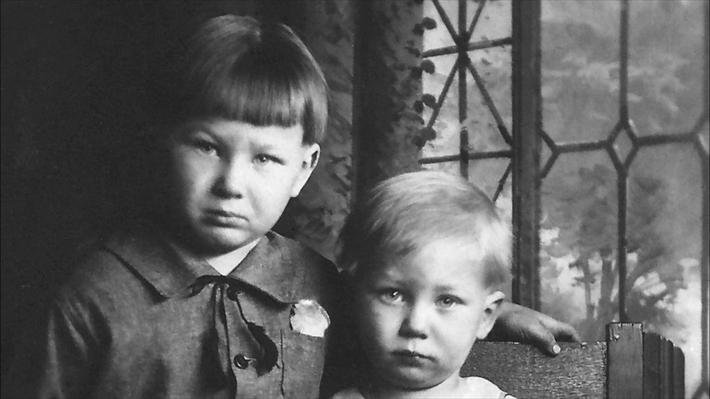 There could be heart wrenching scenes when siblings were separated. A nasty fight broke out in one town when one set of parents wanted to take a boy and another set wanted the same boy and his sister. That time, the siblings stayed together. But it was an exception. More often than not, they didn’t.
There could be heart wrenching scenes when siblings were separated. A nasty fight broke out in one town when one set of parents wanted to take a boy and another set wanted the same boy and his sister. That time, the siblings stayed together. But it was an exception. More often than not, they didn’t.
As settlers pushed farther west, and as steel rails followed, the Orphan Trains went with them, eventually reaching California and Washington state.
 A 1910 White House Conference on Dependent Children considered the Orphan Trains a good thing. (By then other orphanages and groups were also sponsoring them.) Brace issued a report estimating 87 percent of children placed in homes had done well.
A 1910 White House Conference on Dependent Children considered the Orphan Trains a good thing. (By then other orphanages and groups were also sponsoring them.) Brace issued a report estimating 87 percent of children placed in homes had done well.
Why did parents take the children? Reasons varied. Some were childless and wanted to create a family. Others just wanted an extra set of hands to help on the farm or around the house. Still others genuinely wanted to make life better for needy children.
There were negative experiences at times, with documented cases of physical and sexual abuse, forced labor and children not getting enough to eat. One woman who’d been sent to Kansas as an orphan child remembered, “We were a disgrace to the town. We were told, ‘no one likes you; your own mother didn’t’.”
But there were far more success stories. In fact two men who were adopted off Orphan Trains, John Brady and Andrew Burke, became governors of Alaska and North Dakota respectively.
The trains were phased out around 1930. By then many states and cities had social service agencies to help homeless children. Between 200,000 and 400,000 children were placed in homes as a result of the trains.
 Was it a perfect system? Far from it. But because of the Orphan Trains, many thousands of children were able to able to feel a mother and father’s warm embrace, sleep in a clean bed and have enough to eat. And that, after all, is what America is all about.
Was it a perfect system? Far from it. But because of the Orphan Trains, many thousands of children were able to able to feel a mother and father’s warm embrace, sleep in a clean bed and have enough to eat. And that, after all, is what America is all about.
Did you find this enjoyable? Please continue to join me each week, and I invite you to read Tell it Like Tupper and share your review!
Curious about Tell It Like Tupper? Here’s a chance to see for yourself. Take a sneak peek at a couple chapters in this free downloadable excerpt.

